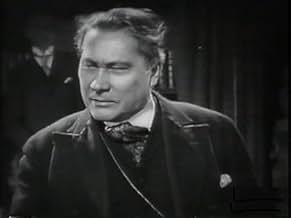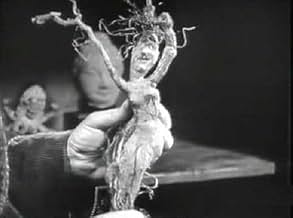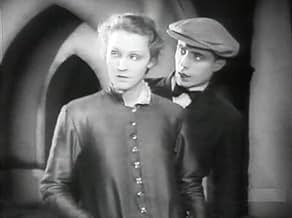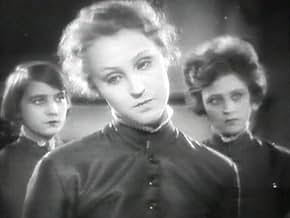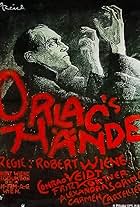A scientist with an interest in genetics impregnates a sex worker with the seed of a hanged murderer. The sex worker gives birth to a child who has no concept of love, whom the scientist ado... Read allA scientist with an interest in genetics impregnates a sex worker with the seed of a hanged murderer. The sex worker gives birth to a child who has no concept of love, whom the scientist adopts.A scientist with an interest in genetics impregnates a sex worker with the seed of a hanged murderer. The sex worker gives birth to a child who has no concept of love, whom the scientist adopts.




